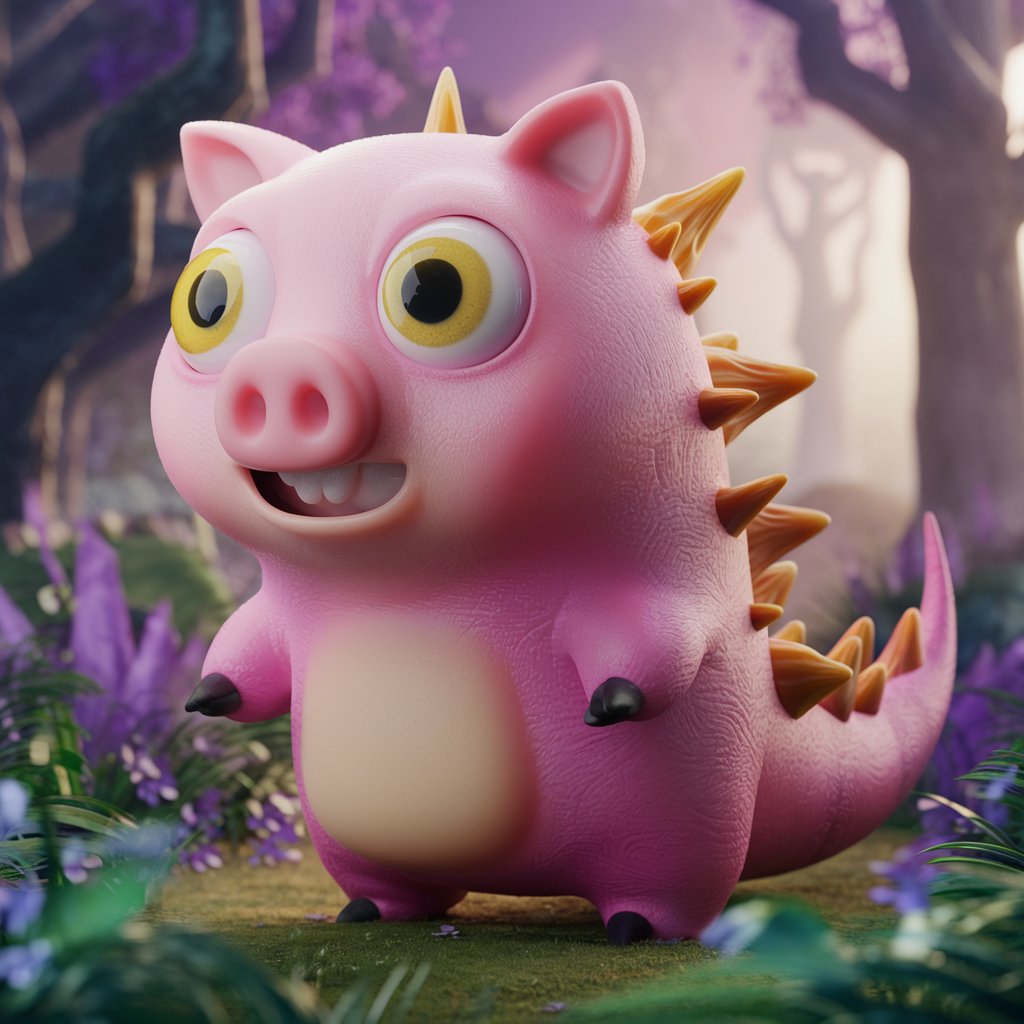Free Online FLUX.1 Kontext AI Image Editor
Use simple text prompts for style changes, text edits, object tweaks, and consistent character designs to create amazing images quickly and easily.
What You Can Do with FLUX.1 Kontext
FLUX.1 Kontext is a powerful image transformation tool that enables users to creatively modify images through style transfers, text edits, object adjustments, and consistent character designs, delivering precise and stunning results with intuitive prompts.
Style Transformation
Reimagine any image in a new artistic style. Transform a photo into a watercolor masterpiece, a charcoal sketch, or a vibrant pop-art piece with a single prompt.
Text Manipulation
Effortlessly edit text in images, such as signs, labels, or banners. Specify what text to replace or retain, and FLUX.1 Kontext delivers seamless results.
Object & Scene Adjustments
Change specific elements while preserving the image’s essence. Turn a green forest into a snowy landscape or shift a building to the foreground with ease.
Consistent Character Design
Maintain a character’s look, outfit, or mood across diverse settings. FLUX.1 Kontext ensures continuity, even in wildly different environments.
FLUX.1 Kontext Prompting Best Practices
To achieve optimal results with FLUX.1 Kontext, follow these best practices for crafting effective prompts. Clear, specific, and structured prompts help the model understand your intent and deliver high-quality outputs.
1. Be Specific and Detailed
- Why it matters: Vague prompts can lead to unpredictable results. FLUX.1 Kontext performs best with clear instructions.
- How to do it: Include specific details about the desired style, objects, colors, or scene composition.
- Example: Instead of "make it colorful," use "transform the image into a vibrant pop-art style with bold red, yellow, and blue tones."
2. Specify the Task Type
- Why it matters: FLUX.1 Kontext supports multiple tasks (style transfer, text editing, object tweaks, etc.). Clarifying the task helps the model focus.
- How to do it: Start your prompt with the task, e.g., "Style Transfer," "Text Edit," or "Object Change."
- Example: "Text Edit: Replace the sign text from 'Open' to 'Closed' while keeping the font and background style intact."
3. Use Descriptive Adjectives
- Why it matters: Adjectives guide the model in capturing the mood, texture, or aesthetic you want.
- How to do it: Include words that describe the vibe, such as "surreal," "minimalist," "futuristic," or "vintage."
- Example: "Style Transfer: Convert the landscape into a surreal watercolor painting with dreamy pastel colors."
4. Clarify What to Keep or Change
- Why it matters: FLUX.1 Kontext can preserve or modify specific elements. Explicitly stating what to retain or alter ensures accuracy.
- How to do it: Use phrases like "keep unchanged," "modify only," or "replace with."
- Example: "Object Change: Turn the red car into a blue motorcycle, keep the background cityscape unchanged."
5. Maintain Character Consistency
- Why it matters: For consistent character editing, FLUX.1 Kontext needs guidance on which traits to preserve across scenes.
- How to do it: Specify key character details like clothing, facial features, or pose.
- Example: "Consistent Character: Place the character in a futuristic city, keep their green jacket and short black hair from the original image."
6. Use Natural Language
- Why it matters: FLUX.1 Kontext is designed to understand conversational prompts, so overly technical or rigid phrasing isn’t necessary.
- How to do it: Write prompts as you would describe the task to a friend.
- Example: "Turn this photo into a pencil sketch, but keep the person’s outfit and the tree in the background as they are."
7. Experiment with Prompt Length
- Why it matters: Short prompts work for simple tasks, but complex transformations may need more detail.
- How to do it: Start with a concise prompt and add details if the output needs refinement.
- Example: Simple: "Make the image a cartoon." Detailed: "Transform the image into a vibrant cartoon style with exaggerated outlines and bright, saturated colors."
8. Avoid Conflicting Instructions
- Why it matters: Contradictory prompts can confuse the model and lead to unexpected results.
- How to do it: Ensure your prompt has a single, clear goal. Review for clarity before submitting.
- Example: Avoid: "Make it a realistic painting but also a surreal sketch." Instead: "Create a realistic oil painting with surreal elements like floating objects."
9. Iterate and Refine
- Why it matters: First attempts may not be perfect. Iterating allows you to fine-tune the output.
- How to do it: Use the initial result to adjust your prompt, adding or clarifying details.
- Example: If the output is too dark, add: "Brighten the colors and increase contrast."
10. Test with Small Changes First
- Why it matters: Starting with minor edits helps you understand how FLUX.1 Kontext interprets your prompts.
- How to do it: Begin with a single change (e.g., color swap) before combining multiple edits.
- Example: "Change the sky from blue to orange" before attempting "Change the sky to orange, add clouds, and make it a sunset."
By following these best practices, you can harness the full potential of FLUX.1 Kontext to create stunning, precise, and creative image transformations.
Discover Your AI Image Inspiration
Explore our gallery of AI-generated masterpieces and unlock endless creative possibilities with Raphael AI.











